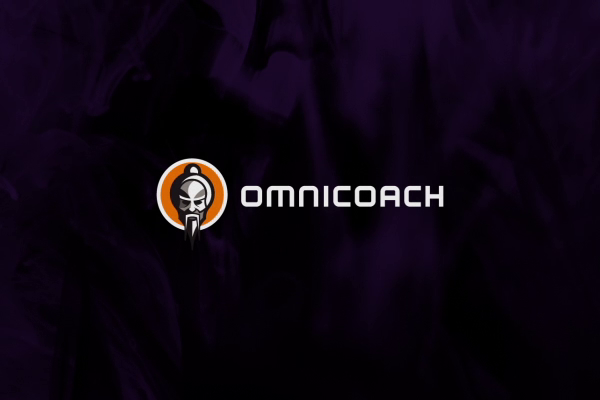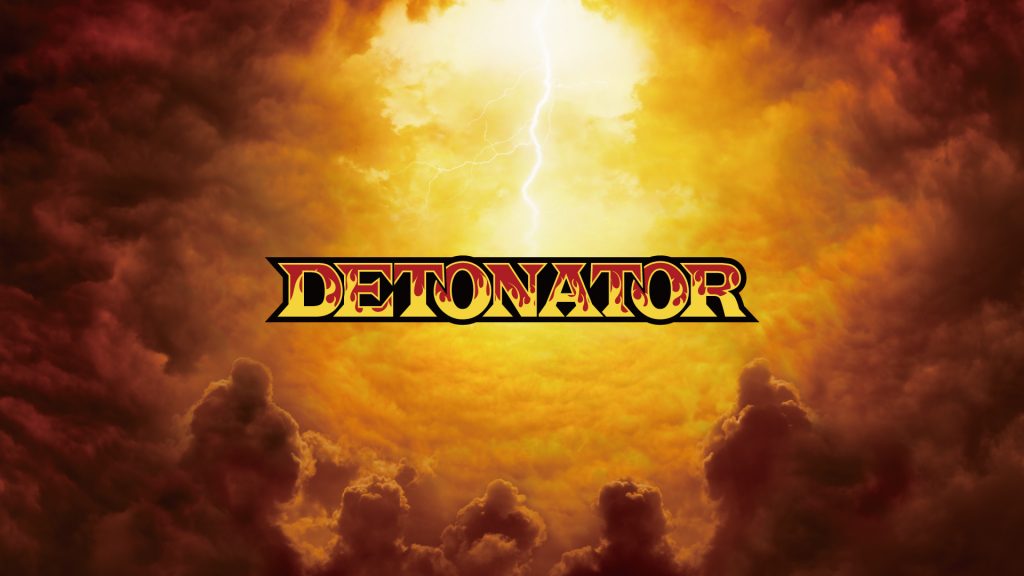Created in collaboration with Omnicoach.
It might seem apropos, if not a bit obvious, to find gamification advice on an esports website, considering that competitive games inspired the concept, to begin with. But outside of esports, the use of challenges and rewards to motivate employees or customers is experiencing a revival.

From education to insurance, gamification allows customers to feel invested in their business transactions. So, for any customer-based organisation hoping to tap into their gaming audiences, Hungarian AI company Omnicoach has a solution.
Omnicoach has created a white label gamification and monetisation system that uses competitive video games — namely, League of Legends and Valorant — to engage and challenge target audiences.

“We designed our AI platform to help esports teams and esports businesses authentically connect their audiences with sponsors — endemic, non-endemic, or whoever they are,” Omnicoach Founder and CEO Dániel Ágoston told Esports Insider.
“Since everyone’s needs are different, we pride ourselves in how quickly and efficiently we are able to provide custom solutions. As we have seen from pilot programs, gaming is such a fun and effective way to increase awareness, drive traffic, build hype, and more.”
Gamification for the win
The purpose of gamification is to ‘make a game’ out of any task. Amazon uses this strategy with its warehouse workers to increase productivity, insurance companies reward safe driving with discounts and restaurants trade points for rewards. In short, you are rewarding people for doing what they were going to do anyway, which inspires them to do it more often.
Currently, an estimated 115 million gamers play League of Legends each month, according to Riot Games. Now imagine rewarding those players for engaging with your brand just by doing what they love. That’s exactly how Omnicoach works.
Omnicoach’s white label solution allows anyone from marketing firms to esports teams to offer rewards such as giveaways and discounts through custom challenges in League of Legends or Valorant. Examples might include destroying an enemy Tower/Inhibitor before a certain minute in League of Legends or diffusing the spike in a single game at least five times in Valorant.
Gamers who participate in custom challenges can enter to win by uploading their video clips into the AI video analysis tool. Omnicoach’s own image recognition system verifies that the challenge was completed, and presents the reward, etc. depending on the campaign.
This all happens automatically, so there’s no complicated setup or management required. As they used to say on those old rotisserie chicken maker infomercials, ‘just set it and forget it.’
Since Omnicoach is white-label, audiences keep their focus on your brand and partners. Plus, anyone who licenses the Omnicoach system owns all of the user databases and content to aid in future analysis and marketing outreach.
Case study: DeToNator
Japanese esports organisation DeToNator partnered with Omnicoach to launch a pilot campaign with the purpose of driving qualified traffic to its website.
In just one day, Omnicoach set up a dedicated website and over sixty quests to specific actions inside Valorant. Participants completed these quests in exchange for discounts in the team store.
Visitor numbers to the DeToNator web store increased. Nearly half of users (48.57 percent) clicked on the coupons and visited the partner’s webshop. Considering the organisation’s previous average visit rate to sponsor websites on a stream advertisement (three percent), contextual advertising through Omnicoach made a significant difference in acquisition.
Further, Twitter impressions for the esports organisation rose 10 times during the campaign. In fact, 35 percent of players shared their quest results on Twitter.
The organisation learned from participants that a vast majority — 80 percent — preferred having to ‘win’ coupons versus seeing them in banner ads or giveaways. Despite, or rather because of, making gamers work for rewards, customers redeemed more coupons during the pilot program than in past promotions. This resulted in a much lower cost per acquisition (CPA).

Further, DeToNator has been approached by a number of brand sponsors to collaborate on similar campaigns. According to DeToNator Chief Operating Officer Masashi Yamazaki, the organisation plans to use Omnicoach throughout Japan.
“The platform is now white-label, so we’ll customize it so that fans feel like it’s a DeToNator service, and they should engage at an even deeper level,” said Yamazaki. “We’re also launching the service behind a paywall, inviting fans to learn from our top players. And we’re sure it’ll become a scaleable revenue stream that helps us leverage our valuable brand assets.
“Plus, the quick setup means we can also offer it to sponsors, and they can create quests to promote their brands to our community in an entirely authentic way.”
Esports and marketing: a love story
Before esports had a name, competitive gamers trained relentlessly for the next big tournament, hoping to win prize money that would keep the team going. Today, this $1 billion industry is backed by top brands and Fortune 500 companies — but competition is even more fierce and fans have a lot more teams to cheer for.
That being said, monetisation has become a hot topic in esports as the industry continues to evolve and organisations seek stable income beyond prize pools alone. After all, there are only so many tournaments to go around. This has given rise to the push for esports as a lifestyle brand, focusing just as much attention on content and merchandise as on the games they play. This allows esports organisations to generate revenue and keep fans engaged, even in a game’s off-season.
Meanwhile, brands have turned to gaming and esports as a way to reach the coveted Millennial and Gen Z consumer. A majority of esports industry revenue in 2021 — $833.6 million — will come from media rights and sponsorships, according to Newzoo. This is a testament to how the industry continues to branch out into other revenue streams.
For Omnicoach, the best part of developing an AI video recognition service has been seeing the way it helps marketers achieve their goals.
“It has been so exciting to see our system help marketers and organisations grow,” said Ágoston. “We are a small team here at Omnicoach and there is nothing more rewarding than helping companies of any size to reach their unique goals. Plus, how cool is it to see how gaming brings people together?”
Making content count
Every marketer knows that content is king, but the pandemic has reduced budgets and forced many a project back onto the shelf. In a world of increased video watching, short videos and snackable content, many brands set themselves apart by integrating user-generated content (UGC).
This strategy is often associated with how-to videos, product reviews, and unboxing videos. Influencers have changed the way the world looks at word-of-mouth marketing and how consumers shop with their feelings. Plus, game video content (GVC) is on the rise from Twitch streams to online coaching services, which makes the Omnicoach gamification system a practical tool for entertaining as well as a call to action.
When audiences are invested in the outcome of your marketing campaign, i.e. pursuing a reward, the purchase becomes that much sweeter. Gamers are competitive by nature. Whether they are planting a bomb in CS:GO or completing an extra hard level in Candy Crush, players enjoy setting goals and achieving them.
For companies of any size or industry, Omnicoach can add an authentic, in-game experience for your next campaign.
“Our partners have come up with some really interesting ways of monetising their brand,” Ágoston. “It’s always fun to help them create and customise the perfect solution that they can use to add value and integrate with brand partners.”
For more information on Omnicoach and how it can help your monetisation and gamification efforts, please visit omnicoach.gg or book a call with Dániel Ágoston!


